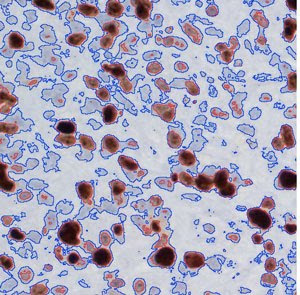The above numbers come from an app company called Emergency Link, which also reports that 89 percent of Americans have not stored emergency information in their wallets or mobile phones, even though they know they should. Walt Mossberg, the personal technology guru at the Wall Street Journal, recently made the video below on Emergency Link's combination smartphone app, website and phone service. Walt likes how it combines "physical and digital safeguards."
To use the app, you enter your drug allergies, conditions, insurance policy numbers, etc., along with your emergency contact information. First responders can then find your account number on your phone's screen saver, or on tags sent by the company for your wallet, luggage and key rings. Operators are standing by 24/7 to provide your information to EMTs or nurses once the company confirms that the call is legit.
We ran Emergency Link by UAB's Henry Wang, M.D., vice chair for research within the UAB School of Medicine's Department of Emergency Medicine.
Q&A
Q. What do you think of Emergency Link?
A. The app is interesting, but I favor old-fashioned technology such as Road-ID, which is popular among cyclists and athletes. It's a Velcro band with limited identification information. Medical personnel call its 800 number to get more information if you're unconscious, and it doesn't require batteries or a cell phone signal. It also still works if you drop it in the toilet.
Q. Have you ever seen an emergency app speed a patient's care in the emergency room?
A. A close friend of mine ended up critically ill in the trauma unit at UAB. The ED
nurses that cared for him said the Road-ID was "extremely helpful."
Q. Are there other examples of social and mobile technologies that are changing
emergency medicine for the better?
A. Real CPR lets
users get feedback when performing CPR. The iPhone has the same accelerometer
used by paramedics to measure CPR chest compressions, enabling regular citizens
to perform proper CPR.
Fire Department sends an alert to your iPhone if there is a cardiac arrest in progress nearby. The hope is that bystanders might call them in and be able to help at the scene. Locally, people can use UAB's Mobile App to get help or B-Alert to
learn about campus emergencies.
If you need to go to the ER but fear the length of "the lunch line," InQuicker can help you figure out which ER's have the shortest waits, says Wang.
Along the same lines, check out this recent Mashable story on new emergency apps.
Whether they use new tech or old (paper), Wang encourages everyone to get their medical information into their wallets and phones.



